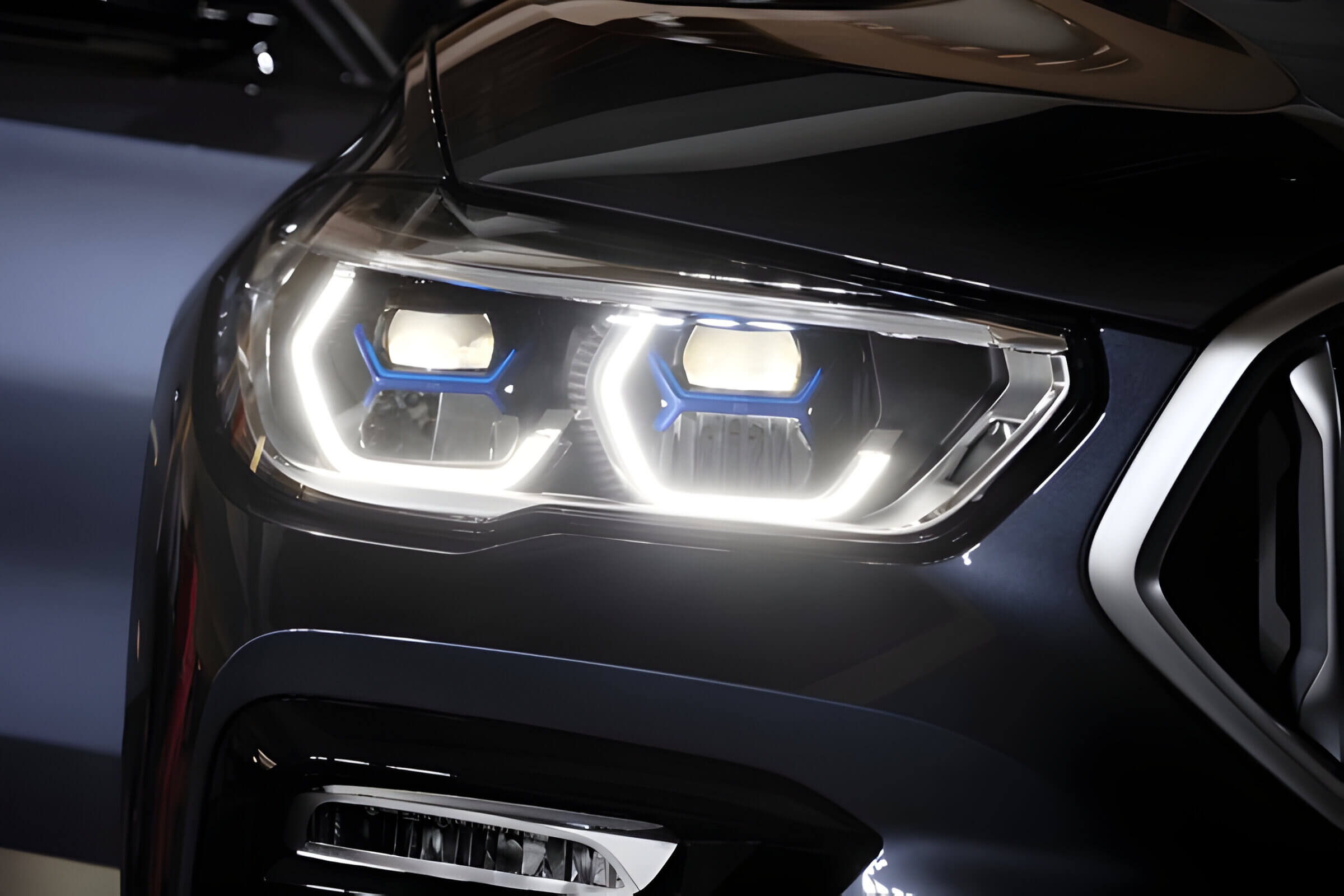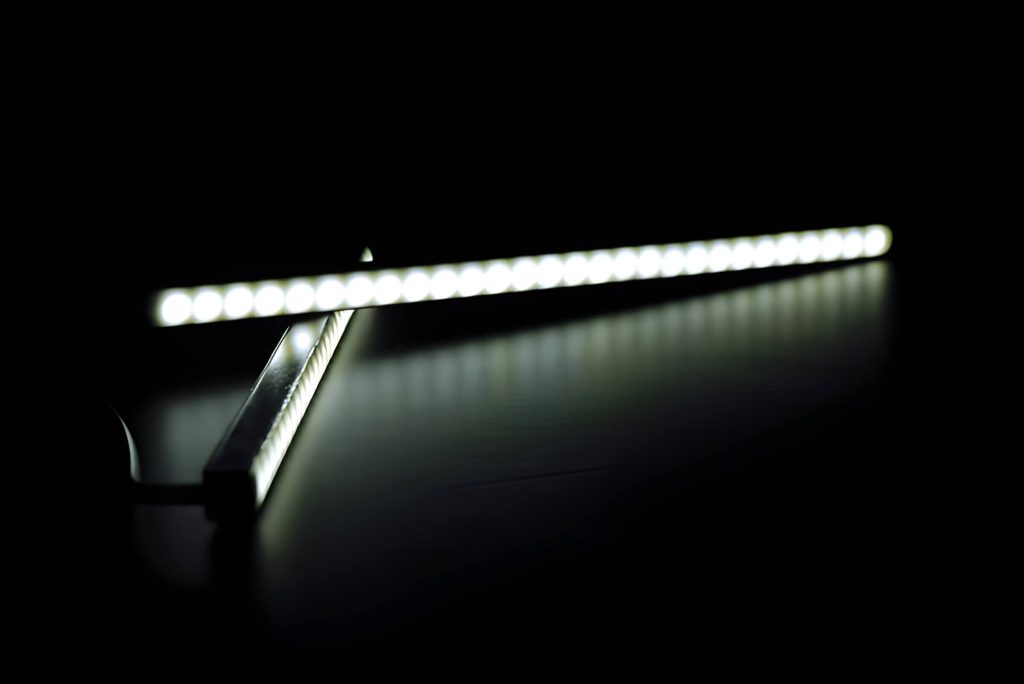
Daytime Running Lights (DRLs) enhance vehicle visibility and road safety during daylight. Positioned at the front, they activate automatically at a lower intensity than headlights to make vehicles more noticeable. This article discusses their function, role in reducing collisions, global regulations, and maintenance tips. Understanding these can improve driving safety for everyone on the road.
What Are Daytime Running Lights?

Daytime Running Lights (DRLs) are an essential vehicle safety feature designed to enhance visibility during daylight hours. Unlike traditional headlights, which are primarily used at night or in low-light conditions, DRLs automatically turn on when the vehicle’s engine is started. This ensures that the car is more visible to other drivers, pedestrians, and cyclists, thereby reducing the risk of accidents.
So, what are daytime running lights exactly? DRLs are typically located at the front of a vehicle and emit a white or yellow light. They operate at a lower intensity compared to regular headlights and do not require manual activation by the driver. The primary purpose of DRLs is to make vehicles more noticeable on the road during daytime conditions when ambient light might otherwise render them less conspicuous.
The implementation of DRLs has been proven to improve road safety significantly. Studies have shown that vehicles equipped with DRLs have a lower incidence of daytime collisions. This is particularly beneficial in scenarios where lighting conditions can change rapidly, such as driving through shaded areas or during dawn and dusk.
In summary, Daytime Running Lights (DRLs) serve as an important addition to modern car lights and vehicle safety features. By enhancing visibility during daylight hours, they contribute to safer driving environments for everyone on the road.
How Do Daytime Running Lights Work?
Daytime Running Lights (DRLs) are an essential safety feature in modern vehicles, designed to increase visibility during daylight hours. The functionality of DRLs is relatively straightforward yet highly effective. When the vehicle’s ignition is turned on, the DRLs automatically illuminate without requiring driver intervention. This ensures that the car is more visible to other road users, reducing the likelihood of accidents.
The mechanism behind how DRLs work involves a combination of sensors and control units. These sensors detect when the engine is running and signal the control unit to activate the lights. Unlike regular headlights, DRLs typically operate at a lower intensity and are often integrated into existing light assemblies or designed as separate units on the front of the vehicle.
The integration of DRLs into car light mechanisms varies by manufacturer but generally follows a similar principle: providing consistent illumination that enhances daytime visibility without significantly increasing energy consumption. By understanding how these systems function, drivers can better appreciate their role in road safety and ensure they are maintained properly for optimal performance.
The Importance of Daytime Running Lights for Road Safety
Daytime Running Lights (DRLs) have become an essential road safety feature in modern vehicles, significantly contributing to accident prevention and overall traffic safety. The primary safety benefit of DRLs lies in their ability to enhance vehicle visibility during daylight hours. By making vehicles more conspicuous to other drivers, pedestrians, and cyclists, DRLs reduce the likelihood of collisions.
Studies have shown that the implementation of DRLs can lead to a noticeable decrease in multi-vehicle daytime accidents. These lights are particularly effective in low-light conditions such as dawn, dusk, or during inclement weather when visibility is compromised. The consistent illumination provided by DRLs ensures that oncoming traffic can easily spot a vehicle from a distance, allowing for timely reactions and adjustments.
In addition to improving visibility, DRLs also contribute to better overall road awareness. When all vehicles on the road are equipped with these lights, it creates a uniform visual environment where every car stands out against the background. This uniformity helps drivers quickly identify moving vehicles versus stationary objects or roadside features.
The importance of daytime running lights for road safety cannot be overstated. As an integral part of modern automotive design, they serve as a simple yet highly effective measure for accident prevention and enhancing overall traffic safety.
The Legal Requirements and Regulations for Daytime Running Lights Around the World
Daytime Running Lights (DRLs) have become a crucial safety feature in modern vehicles, enhancing visibility during daylight hours and reducing the risk of collisions. However, the legal requirements and regulations for DRLs vary significantly across different countries, reflecting diverse approaches to automotive safety standards.
In Europe, DRL regulations are governed by the European Union (EU). Since February 2011, all new passenger cars and small delivery vans must be equipped with DRLs. By August 2012, this requirement extended to trucks and buses as well. These lights must automatically switch on when the engine is started.
In North America, both Canada and the United States have their own sets of regulations. In Canada, DRLs have been mandatory on all new vehicles since 1990. The United States does not mandate DRLs; however, they are allowed and many manufacturers include them as standard or optional features.
Asian countries also exhibit varied approaches to DRL regulations. Japan mandates that all new cars must be fitted with DRLs starting from 2020. Meanwhile, in China, there is no nationwide mandate for DRLs yet; however, some cities are beginning to adopt these requirements in an effort to improve road safety.
Australia has adopted international automotive standards similar to those in Europe. As of November 2021, all newly manufactured vehicles sold in Australia must be equipped with daytime running lights.
Understanding these diverse legal requirements for vehicle lights is essential for manufacturers who aim to market their vehicles internationally. Compliance with international automotive standards ensures not only adherence to local laws but also enhances overall road safety globally.
By staying informed about the specific DRL regulations by country and adhering to these legal requirements for vehicle lights, manufacturers can contribute significantly towards safer driving conditions worldwide.
How to Maintain and Troubleshoot Your Vehicle’s Daytime Running Lights
Daytime Running Lights (DRLs) are essential for enhancing your vehicle’s visibility during daylight hours, contributing significantly to road safety. To ensure they function optimally, regular maintenance and prompt troubleshooting are crucial.
DRL Maintenance Tips
1. Regular Inspections: Periodically check your DRLs for any signs of wear or malfunction. Look for dimming lights or flickering, which could indicate an underlying issue.
2. Clean the Lenses: Dirt and grime can accumulate on the lenses, reducing the effectiveness of your DRLs. Use a soft cloth and a mild cleaning solution to keep them clear.
3. Check Connections: Ensure that all electrical connections are secure and free from corrosion. Loose or corroded connections can lead to intermittent lighting issues.
4. Replace Bulbs Promptly: If you notice a bulb has burnt out, replace it immediately with the correct type specified in your vehicle’s manual.
Troubleshooting Car Lights
1. Diagnose Electrical Issues: If your DRLs aren’t working at all, start by checking the fuse box for any blown fuses related to the lighting system. Replace any faulty fuses you find.
2. Inspect Wiring: Look for damaged or frayed wires that could be causing a short circuit or disconnection in the lighting system.
3. Test Relays and Switches: Faulty relays or switches can disrupt power delivery to your DRLs. Test these components using a multimeter and replace them if necessary.
4. Consult Your Manual: Your vehicle’s manual contains valuable information regarding specific troubleshooting steps tailored to your model’s lighting system.
By adhering to these DRL maintenance tips and troubleshooting methods, you can ensure that your daytime running lights remain in top condition, thereby maintaining optimal visibility on the road and enhancing overall safety while driving during daylight hours.



